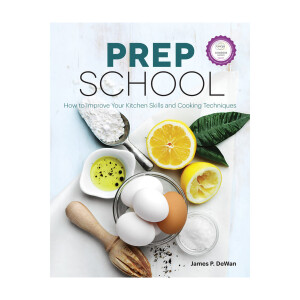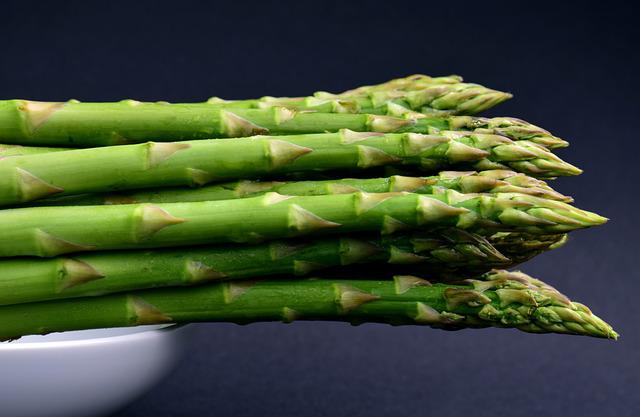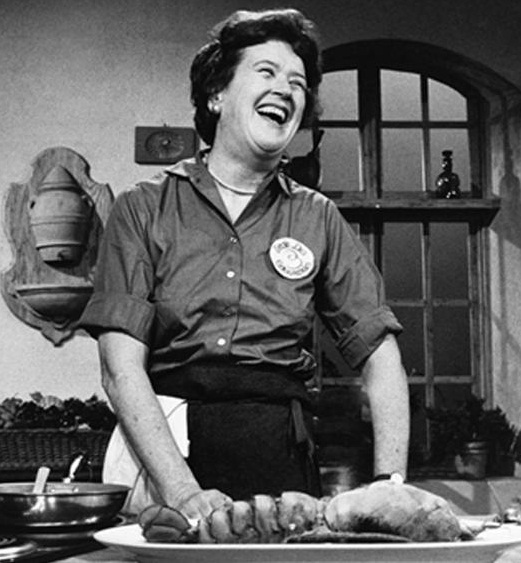
Batch cooking can be a great way to reduce your food consumption. It is easier to eat healthy meals, and you can cook nutritious food in bulk. This will help you save time and money. It can take time and energy to prepare healthy meals. However, batch cooking ensures that you have healthy options available at all times. Here are some benefits to batch cooking. Learn more. Here are three reasons you batch cook.
Recipes to make batch cooking easy
Batch cooking has many benefits. It is a cost-effective way to prepare meals for your family. You can use ingredients already in your kitchen to make large batches of meals. For a variety of taste and nutrition, you can make multiple meals from the same recipe. Check out these ideas for batch cooking. Before you start to cook your batch cooking recipes, make sure you read the instructions.
When batch cooking, wash the vegetables thoroughly and chop the grains. After that, divide the ingredients into portions and cook. So you don't end with a messy kitchen. Once you're done cooking, heat or store the leftovers in the fridge. Remaining food can be frozen. Batch cooking allows one to prepare large quantities of food quickly and freeze the rest for later.
It is important to plan meals before you start batch cooking
Although it is possible to save time as well as money by cooking in bulk, planning is essential. Food storage is an important step in meal planning. Preparing meals in bulk will mean you can save money on food waste if you forget to eat them. Label your pre-prepared meals to make it easy to find what you have eaten. You can also rotate stored foods so that oldest ones are at top. Also, store highly perishable foods at eye level to prevent food from spoiling.

Start by creating your shopping list. Next, look at your schedule and determine how long each meal will take. Next, estimate the time it will take each recipe to cook. Consider batch cooking to save time and make enough for your entire family. Have fun! It is a great way to save time and money, and something everyone should be capable of doing.
Storage options for batch cooking
There are many different options for storage of cooked food, including freezer, refrigerator, and microwave. Most cooks recommend freezing the food in airtight containers. Condensation, which causes food to lose moisture in the freezer when heated up, is the main problem. It's best not to store food for six months. In addition to freezing, you can also refrigerate or defrost them. Home preservation can be done for vegetables and fruits by freezing them or canning. However, home preservation requires a more elaborate process than freezing.
While the process of batch cooking can be beneficial for busy cooks, it may not be appropriate for every kitchen. Many people don't have the space or storage to freeze meals and have limited cooking supplies. If this is you, it may be worth considering storing your food in a freezer. The freezer will allow you to keep them for later use. If you cook for four people, you can freeze enough food to last a week.
Benefits of batch-cooking for health
Batch cooking can help people eat better, lower their stress levels at mealtime, and improve their family connections. It involves preparing recipes in bulk and reheating them when they are needed. Batch cooking can be done during the week and weekends. This makes cooking meals much easier and allows people the freedom to choose healthier recipes. When done correctly, batch cooking can reduce food waste by up to 50%. Continue reading for more information about batch cooking and its health benefits.

Batch cooking allows people to save time and make healthy meals in large quantities. This is especially helpful if you are short on time and can't prepare a meal in the last minute. This is a great way to save time when cooking for family members. You save time and money, while creating delicious meals. It will also help you reduce food waste by not having to prepare many meals at once.
FAQ
How long does it take for you to learn to cook? How long do I need to learn to cook?
It depends on what kind of skill level you are trying to achieve. Some people can learn basic cooking techniques in as little as a week. Some people take months to learn how to cook. Others may need to wait for years.
There are many factors that affect the time required to learn how cook. One example is that someone who has never tried cooking before would likely take more time to learn than someone who cooks often. Certain types of cooking require more skill than others. Baking is more difficult than frying.
You should learn a particular technique to improve your cooking speed. Once you have perfected that technique, you can move on. You shouldn't stress about how long it takes to learn how cook. Keep practicing and having fun with the whole process.
Can you learn to cook on your own?
Yes, you can self-teach cooking! It is something everyone enjoys, regardless of their level of cooking ability. You can learn to cook by starting at home. Start small, such as making pancakes for breakfast and spaghetti sauce at dinner. Try new recipes and be open to experimentation when learning how to cook. It's possible that you will make mistakes.
It takes anywhere from several hours to several weeks to learn how to cook, depending on your skill level. Cooking is more than following recipes. There are many different ways to prepare food, so if you have an idea in mind, go with it.
What is the best way to learn to cook?
Cooking should be something everyone can do. You'll miss out on delicious meals if your skills are not up to par. When learning how to cook, the first thing to do is find a recipe you love and follow it closely. Next, you'll want to practice making small changes to the recipe until you feel comfortable making the dish yourself. Finally, try cooking for others. This will help you improve at cooking and also allow you to test your skills.
Statistics
- In the United States, the category is estimated at $23.2 billion annually and is growing faster than the market. (washingtonpost.com)
- You'll be amazed that over 90% of CIA students receive scholarships and grants to finish their culinary studies. (ischoolconnect.com)
- On average, chefs earn $58,740 a year, according to the BLS. - learnhowtobecome.org
External Links
How To
How to make a perfect Omelette
Omelets are a favorite breakfast food of mine. How can you make them perfectly? I've tried many different methods and recipes, but none of them seem to work! I have some tips and tricks to help you make delicious, fluffy omelets every single morning.
Before we start making omelets, let's remember that eggs are temperamental. Eggs must be purchased fresh, preferably organic, and kept chilled until ready for cooking. If you don't keep them cold enough, the whites won't form properly, and the yolks will break down too much and become runny. This causes your omelets to look oddly colored. If you're going to cook them immediately, it is best if the eggs are still warm.
Another tip is to separate the egg before adding it to the pan. You don't want the white to get mixed with the yolk, as this could cause the egg to curdle.
You might burn the bottom of the egg if you place the egg directly on the stovetop. This could ruin the texture of your omelet. Instead, place the egg in the microwave for 10 second before you put it in the skillet. The microwave heat is sufficient to cook the egg without overcooking.
Next, let's talk about mixing the eggs. When you mix eggs together, you want to beat them well. Turn the bowl upside down and grab the whisk to do this. Then shake the bowl vigorously. This allows the air to be whipped and the egg to be mixed thoroughly.
Now it's time to have fun: pour the milk into the mixture. First, pour half of the milk into the beaten eggs and then fold the eggs gently into the remaining milk. Do not worry if you see streaks of egg; they will disappear when the omelet is flipped.
After you have folded the eggs, heat the oil in a pan over medium heat. Once the oil has started to sizzle, turn the heat down to low. Once the oil starts getting hot, add 1/4 cup of butter to the pan and swirl it around to coat the entire surface of the pan. Carefully open the pan's lid and add salt to the pan. The salt will help to prevent the omelet's sticking to the pan.
Cover the pan once you have formed the omelet. Wait for the top to set. Flip the omelet upside down or with a spatula. Cook the other side for about a minute. Take the omelet out of the pan and immediately serve.
This recipe works best using whole milk. Skimmed milk is also possible.